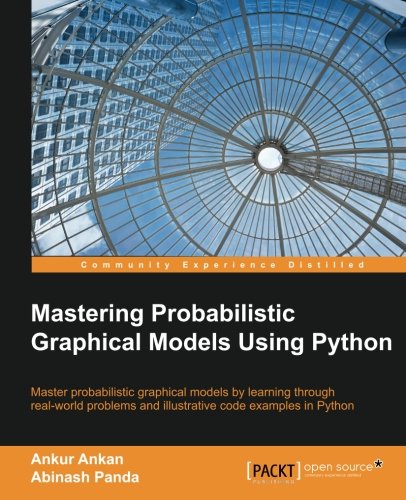

Most ebook files are in PDF format, so you can easily read them using various software such as Foxit Reader or directly on the Google Chrome browser.
Some ebook files are released by publishers in other formats such as .awz, .mobi, .epub, .fb2, etc. You may need to install specific software to read these formats on mobile/PC, such as Calibre.
Please read the tutorial at this link: https://ebookbell.com/faq
We offer FREE conversion to the popular formats you request; however, this may take some time. Therefore, right after payment, please email us, and we will try to provide the service as quickly as possible.
For some exceptional file formats or broken links (if any), please refrain from opening any disputes. Instead, email us first, and we will try to assist within a maximum of 6 hours.
EbookBell Team

4.7
16 reviewsMaster probabilistic graphical models by learning through real-world problems and illustrative code examples in Python
About This BookIf you are a researcher or a machine learning enthusiast, or are working in the data science field and have a basic idea of Bayesian learning or probabilistic graphical models, this book will help you to understand the details of graphical models and use them in your data science problems.
What You Will LearnProbabilistic graphical models is a technique in machine learning that uses the concepts of graph theory to concisely represent and optimally predict values in our data problems.
Graphical models gives us techniques to find complex patterns in the data and are widely used in the field of speech recognition, information extraction, image segmentation, and modeling gene regulatory networks.
This book starts with the basics of probability theory and graph theory, then goes on to discuss various models and inference algorithms. All the different types of models are discussed along with code examples to create and modify them, and also run different inference algorithms on them. There is an entire chapter that goes on to cover Naive Bayes model and Hidden Markov models. These models have been thoroughly discussed using real-world examples.